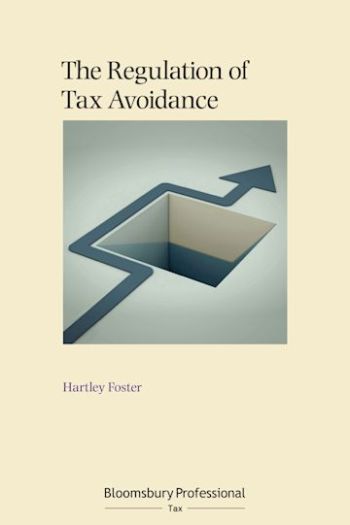
This book explains the concept of "tax avoidance", and how it has been developed in legislation and case law, and provides practical guidance with regard to the application of the supply side measures (from DOTAS (Disclosure of Tax Avoidance Schemes) to POTAS (Promoters of Tax Avoidance Schemes) that have been introduced particularly since 2000.
Tax avoidance is a concept that has been the subject of considerable scrutiny. It is also an area of tax law that is subject to regular change. Tax practitioners are expected to understand the legislative and regulatory frameworks that apply, so as to recognise their obligations, and the obligations of their clients to behave responsibility. This book focuses on the ways in which tax avoidance has been combated in the UK.
The first part of the book looks primarily at the relevant legal developments, highlighting the relevant cases throughout. Part Two covers the supply side measures that have been introduced, from DOTAS onwards, including the penalty regime, with the aim of seeking to dissuade individuals and businesses from engaging in tax avoidance practices. The measures applying to both indirect and direct taxes are covered. This is a complex and changing area of tax law and this title will help advisers to avoid falling foul of these regulations and ensure that their reputation as a provider of tax advice remains 'clean'.